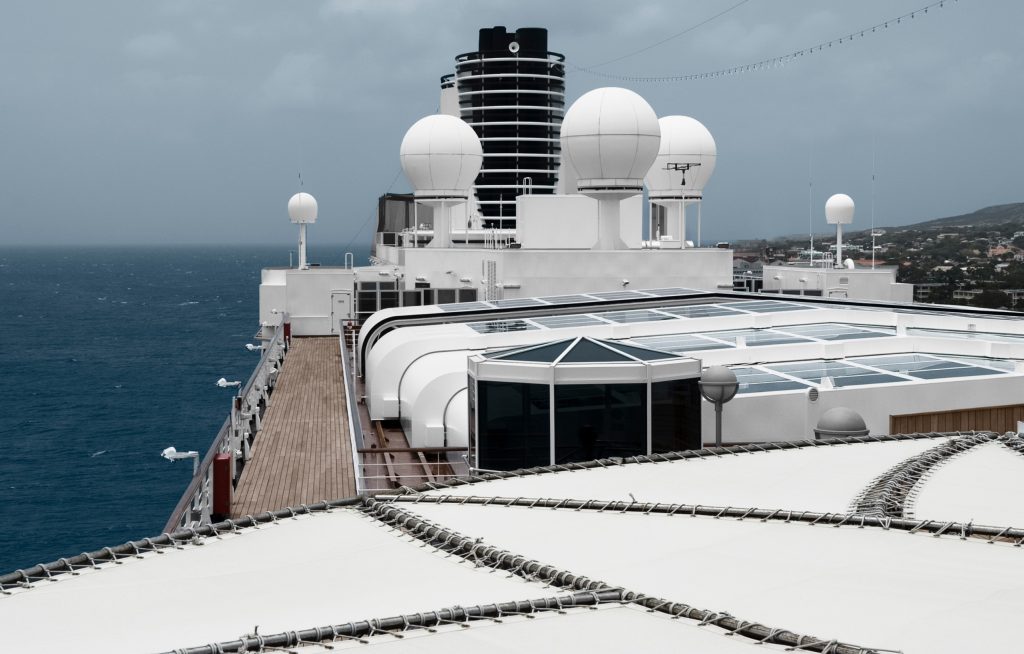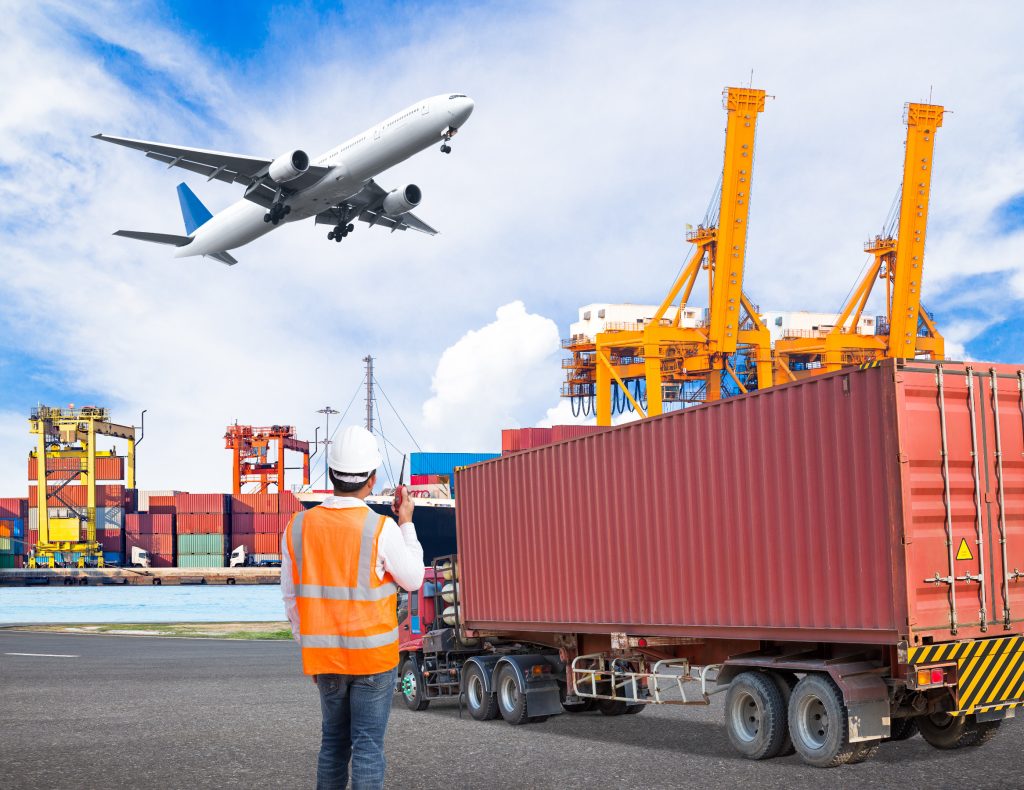Q 1.5 What are the applications of satellite communication?
Satellite communication is economic when separation between users is large (hundreds of kilometre), in presence of difficult terrain or sea in-between user communities and when users move arbitrarily over a large area. Satellite systems are used extensively on international and long domestic routes; in areas where population centres are separated by large distances (e.g. Canada) or are dispersed in an archipelago (e.g. Japan, Indonesia); by mobile users travelling along maritime, aeronautical or land routes; and for broadcasts over large regions like Europe or India.
Satellite systems are also used to provide telecommunication services to isolated communities such as those in Scottish highland.
Ground terminal antenna and hardware size and costs have reduced such that terminals can be installed in customer premises. These very small aperture terminals (VSATs) can:
– bypass public switched networks cost-effectively;
– eliminate delays and fault associated with PSN;
– enable instant service access.
Numerous applications in auto, retail, business and personal broadband sectors have emerged as a result.
One of the fastest growth areas understandably is that of mobile communications because satellites provide unbiased coverage over wide areas including oceans, inter-continental flight corridors and large expanses of land mass where deployment of terrestrial systems is difficult. Additionally, a mobile satellite communication system can provide international roaming facility instantly provided regulatory and inter-operator formalities are in place.Further, satellite systems provide:
– invaluable communication support in situations of natural disaster, such as earthquake, when terrestrial systems have been disrupted;
– live television broadcasts to ships and other mobiles;
– location-based service like fleet management;
– instant contact with news reporters covering events in remote and far-flung areas;
– distress communication service to ships, aircrafts, land mobiles and individuals;
– world-wide voice and data service;
– television and sound broadcast to large unserved geographical areas;
– direct broadcast services in developed and developing regions such as the US and Europe, India despite strong competition from terrestrial television delivery systems;
– Full coverage over vast areas immediately after satellite deployment.







